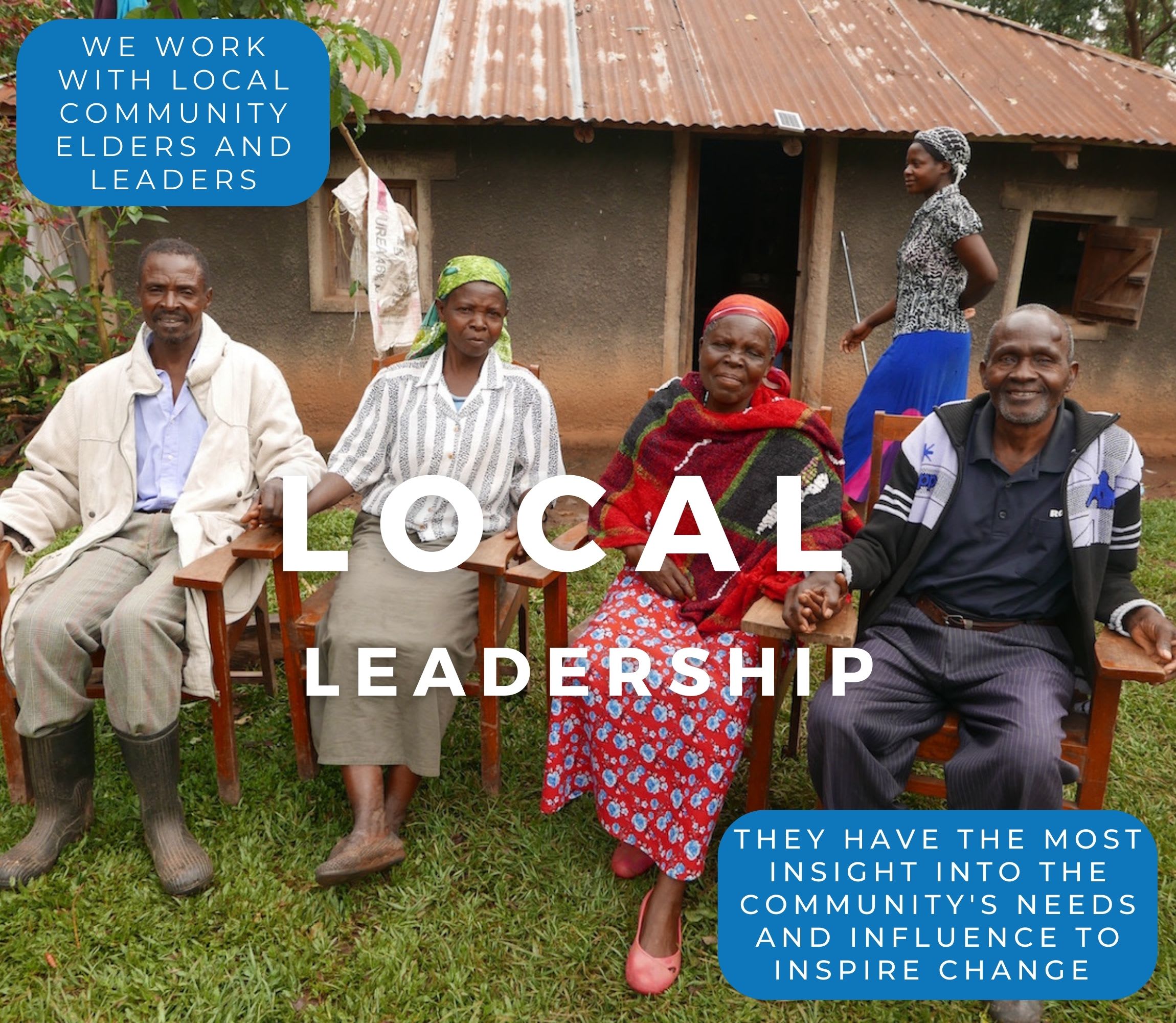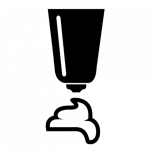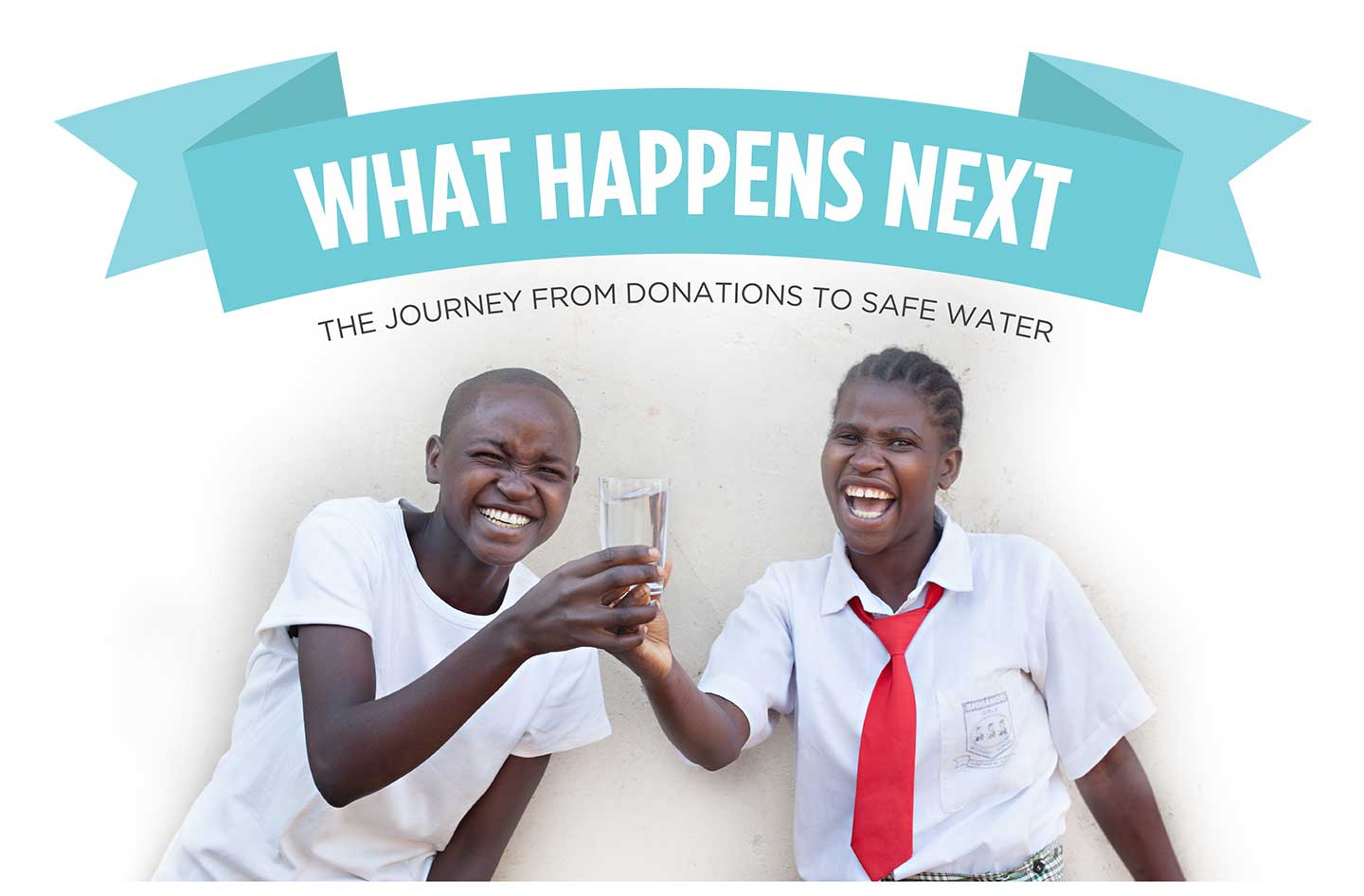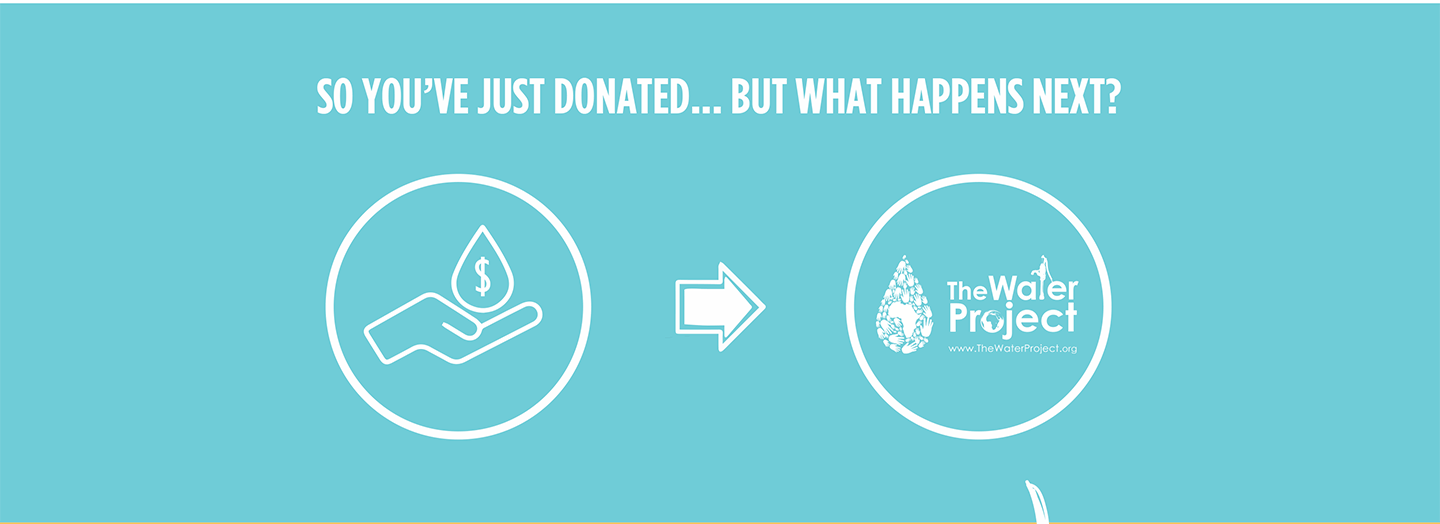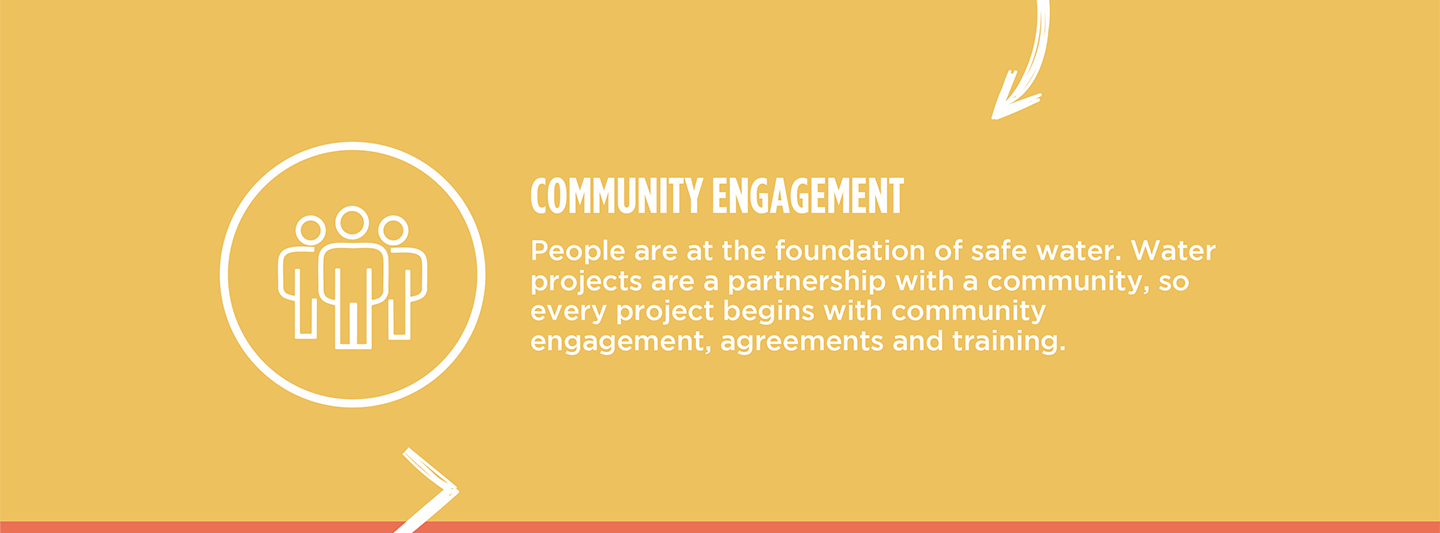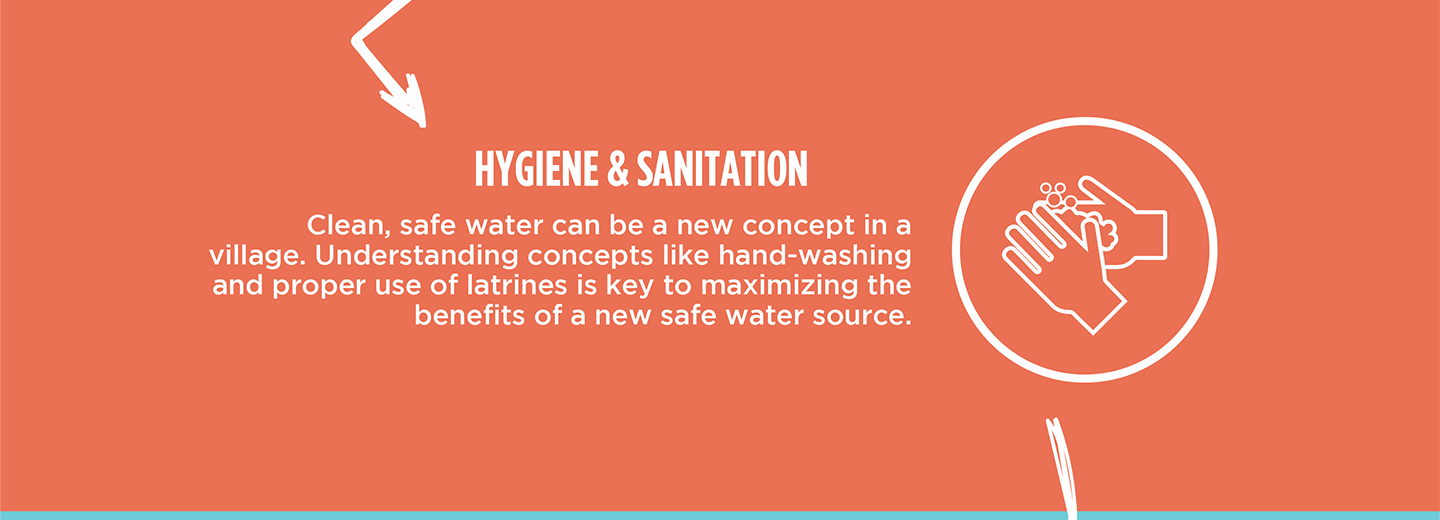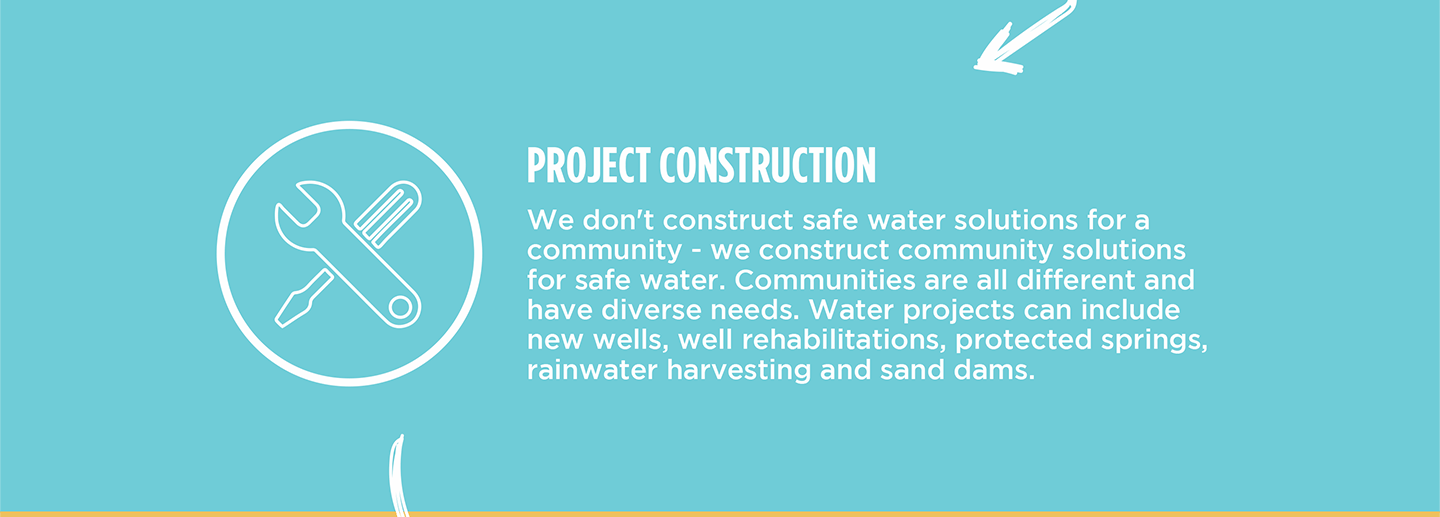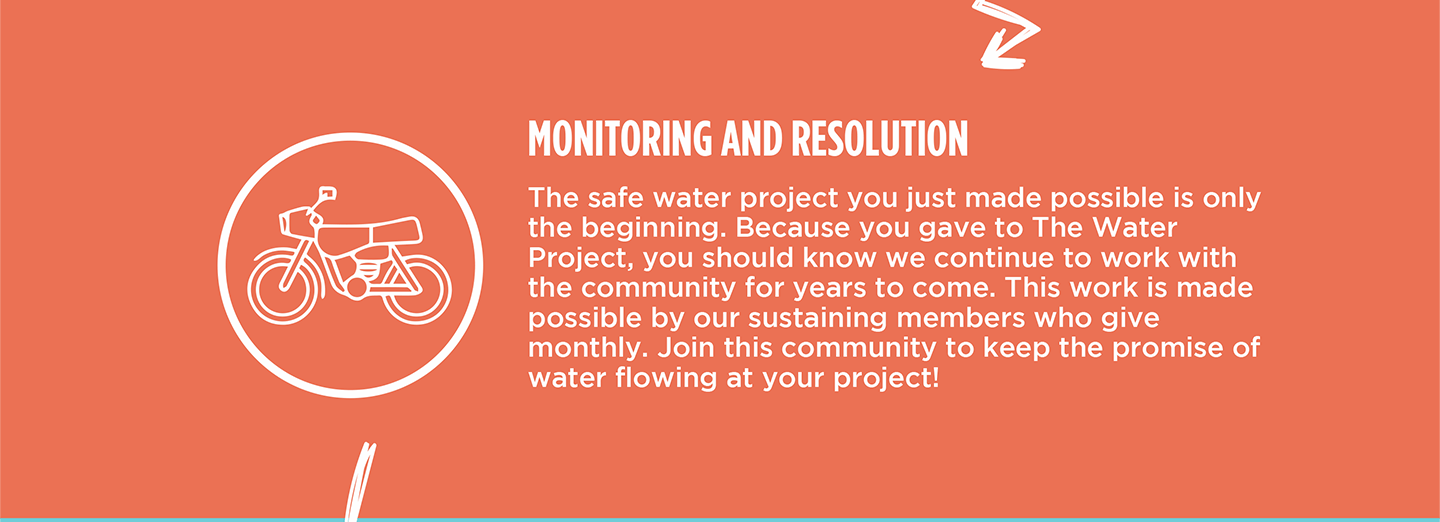March, 2024: Mwikabaniro Community Spring Protection Complete!
Mwikabaniro Community now has access to clean water! Thanks to your donation, we transformed their spring into a flowing source of naturally filtered water. We also installed a chlorine dispenser to provide added protection and trained the community on improved sanitation and hygiene practices. Together, these components will unlock the opportunity for community members to live better, healthier lives.
"Every human being needs clean water for drinking, cooking, washing, among other domestic uses. [I] am happy because [the] availability of reliable, clean, and safe water will lead to [a] reduction of waterborne diseases that were affecting me before. Having good access to the water point will lead to no time wastage at the water point. No one will be injured in the process of water collection, unlike before when we did not have [a] stairwell," said 62-year-old farmer Beatrice Kanenje.

Beatrice.
"Discharge speed having been increased after protection, I will use [the] shortest time possible to fetch water so that I can channel the remaining time to my sugarcane farming activities," continued Beatrice.
Children were just as excited as adults about the new water point.
"Before, I used to complain of stomachache after drinking water from this water point, but now it's safe for me, and there will be no complaints of cholera, [or] typhoid among other waterborne diseases," said 11-year-old John.

John.
"Now that this water point is implemented, I will have enough time in school, will fetch water on time, and run to school, unlike before implementation when I wasted much time collecting water because my mother could not access water due to poor access. I will now have enough water for washing my clothes and there will be no day I will put on dirty clothes. I will also bathe at least twice a day because water is now easily accessible and it is clean," concluded John.
Preparing for Spring Protection
Community members worked together to source and carry all locally available construction materials to the spring. These included bricks, sand, stones, and fencing poles. Some people also chiseled away at large rocks to break them into gravel. Because people have to carry most items by hand, the material-collection process can take anywhere from a few weeks to months.

Community members help collect building materials.
When the community was ready, we sent a truck to deliver the remaining construction materials, including cement, plastic tarps, and hardware. Then, our construction artisan and field officers deployed to the spring to begin work. Individual households provided meals throughout each day to sustain the work team.
From Open Source to Protected Spring: A Step-by-Step Process
First, we cleared and excavated the spring area. Next, we dug a drainage channel below the spring and several runoff diversion channels above and around the spring. These help to divert surface contaminants away.
To ensure community members could still access water throughout the construction process, we also dug temporary channels around the construction site from the spring's eye. This allowed water to flow without disrupting community members' tasks or the construction work. Excavation created space for setting the spring's foundation, made of thick plastic, wire mesh, concrete, and waterproof cement.

After establishing the base, we started brickwork to build the headwall, wing walls, and stairs. Once the walls had grown tall enough, we began one of the most crucial steps: setting the discharge pipe. The discharge pipe needs to be positioned low enough in the headwall so the water level never rises above the spring's eye, yet high enough to allow room for the average jerrycan (a 20-liter container) to sit beneath the pipe without making contact, which prevents cross-contamination.

If we place the discharge pipe too high above the spring's eye, back pressure could force water to emerge elsewhere. Too low, and community members would not be able to access the water easily. We embedded the pipe using clay (or mortar when the clay is in short supply) and placed it at an incline to ensure water flows in the right direction.
In coordination with brickwork, we pitched stones on both sides of the spring's drainage channel. We then cemented and plastered each stone, forming the rub walls. These walls discourage people and animals from standing in that area, which could cause soil erosion and a clogged drainage area.

We then cemented and plastered both sides of the headwall and wing walls. These finishing layers reinforce the brickwork and prevent water in the reservoir from seeping through the walls. In turn, enough pressure builds in the reservoir box to push water out through the discharge pipe.
As the headwall and wing walls cured, we cemented and plastered the stairs and installed four tiles beneath the discharge pipe. The tiles protect the concrete from the falling water's erosive force while beautifying the spring and facilitating easy cleaning of the spring floor.

The final stage of construction is backfilling the reservoir box behind the discharge pipe. We cleared the collection box of any debris that may have fallen during construction. Then we redirected the temporary diversion channels back into the reservoir box, channeling water into this area for the first time. We close all other exits to force water through only the discharge pipe.

We filled the reservoir area with the large, clean stones community members had gathered, arranging them in layers like a well-fitting puzzle. We covered the rocks with thick plastic to minimize potential contamination sources, then piled enough dirt on top to compensate for future settling.

Community members transplanted grass onto the backfilled soil to help prevent erosion. The collection area was fenced to discourage any person or animal from walking on it. Compaction can lead to disturbances in the backfill layers and potentially compromise water quality.

A community member utilized the chlorine dispenser to protect her water further.
The construction process took about two weeks of work and patience to allow the cement and plaster to finish curing. As soon as the spring was ready, people got the okay from their local field officers to fetch water.

We officially handed over the spring to mark the community's ownership of the water point. Happiness, thanksgiving, and appreciation were the order of the day, flowing in all directions.

"I had a very beautiful interaction with this community during community engagement up to the time of implementation. Members of this community are very welcoming. During implementation, they had a very organised committee that took over the whole process. Non-skilled labourers were provided daily because they had prepared them earlier. Both women, men, and children from this village are hardworking. They put their hands together to make sure that this spring was a success. As the field officer, I enjoyed every step of the implementation," said Field Officer Elvine Atsieno.
Training on Health, Hygiene, and More
Together with the community, we found their preferred date for training while considering other community calendar events, such as the agricultural season and social events. We requested a representative group of community members to attend training and relay the information learned to the rest of their families and friends.
When the day arrived, facilitators Elvine, Adelaide, Mercy, Faith, Joyce and Protus deployed to the site to lead the event. 26 people attended the training, including 14 women and 12 men. We held the training outside under a shade tree.

Opening with prayer.
We covered several topics, including community participation in the project; leadership and governance; personal, dental, and environmental hygiene; water handling and treatment; spring maintenance; the importance of primary health care and disease prevention; family planning; soapmaking; how to make and use handwashing stations; and the ten steps of handwashing.

During the leadership and governance session, we held an election for the newly formed water user committee leaders, who will oversee the maintenance of the spring. We also brainstormed income-generating activities. Community members can now start a group savings account for any future minor repairs to the spring and a cooperative lending group, enabling them to develop small businesses.
During the family planning session, a Community Health Volunteer took the participants through family planning methods. Participants actively asked questions and shared their experiences and thoughts about family planning. They were advised that if they practice family planning methods, they can have a beneficial age gap between their children. They were also encouraged, if possible, to breastfeed their babies for the first six months to help them achieve optimal growth, development, and health.

"I want to start by saying thank you for this training. It has been valuable and beneficial to me. I have gathered more than I expected and want to assure you that the information gathered here if well adhered to, will help in promoting health and good handling of water," said 34-year-old farmer Grace Mwangala.
Conclusion
This project required a substantial collaboration between our staff, our in-country teams, and the community members. When an issue arises concerning the spring, the water user committee is equipped with the necessary skills to rectify the problem and ensure the water point works appropriately and there is guaranteed public access in the future. However, if the issue is beyond their capabilities, they can contact their local field officers to assist them.
Also, we will continue to offer them unmatchable support as a part of our monitoring and maintenance program. We walk with each community, problem-solving together when they face challenges with functionality, seasonality, or water quality. Together, all these components help us strive for enduring access to reliable, clean, and safe water for this community.
With your contribution, one more piece has been added to a large puzzle of water projects. In Kenya, Uganda, and Sierra Leone, we’re working toward complete coverage. That means reliable, maintained water sources within a 30-minute round trip for each community, household, school, and health center. With this in mind, search through our upcoming projects to see which community you can help next!
Thank you for making all of this possible!





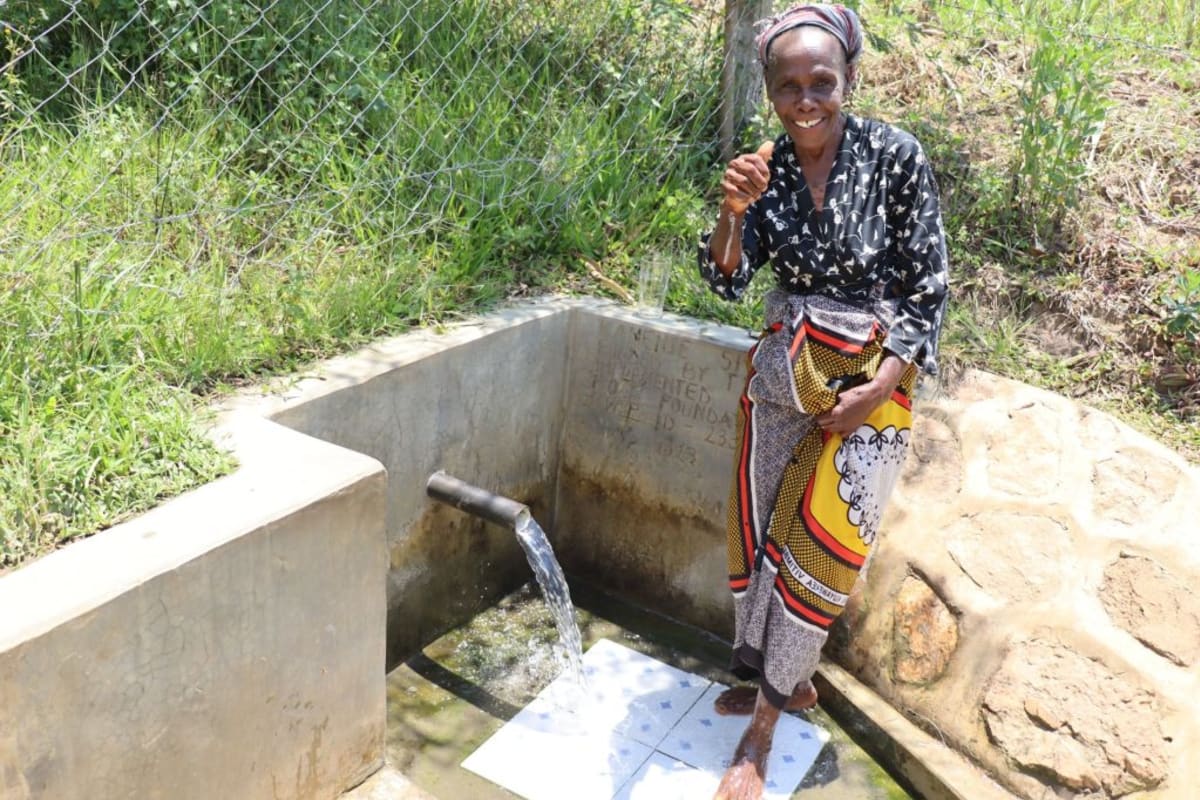





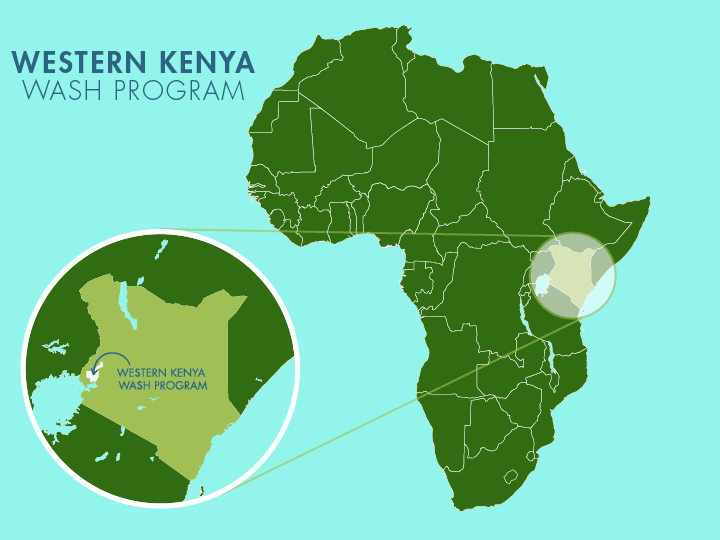
 Protected Spring
Protected Spring
 Rehabilitation Project
Rehabilitation Project

